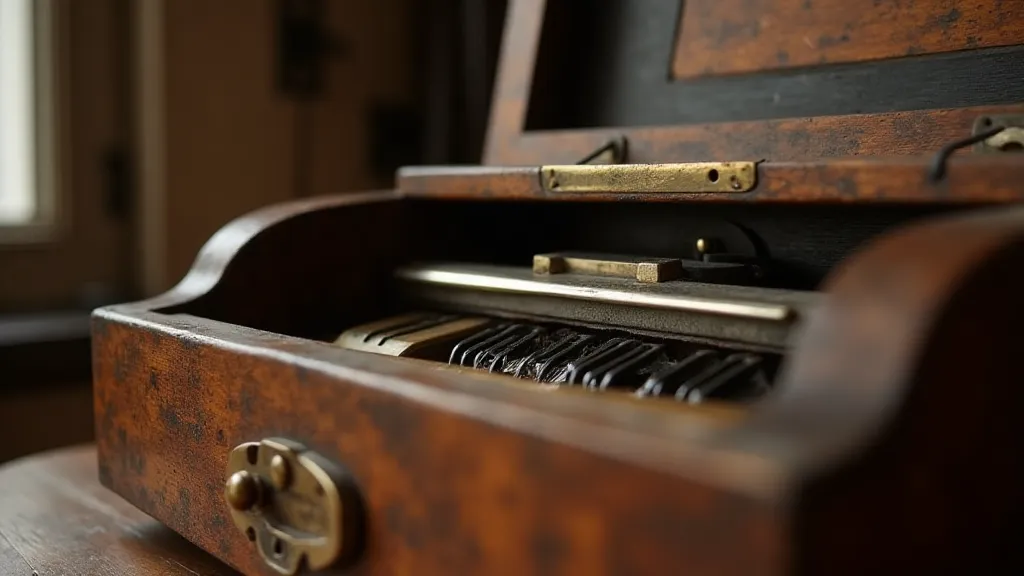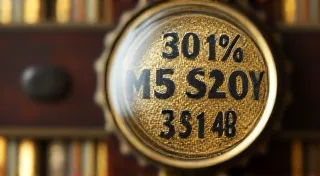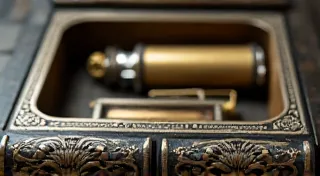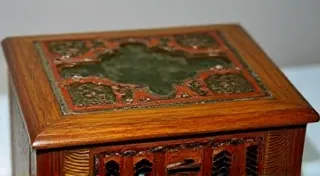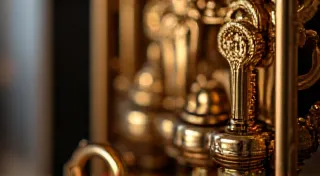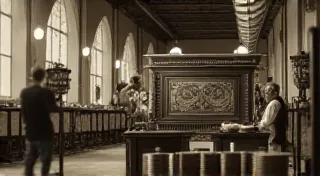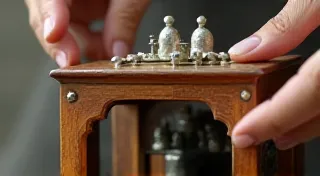Chromatic Alchemy: Transforming Rust and Silence into Resonant Reverie
The scent of aged wood, the whisper of tiny gears, the melancholic charm of a melody suspended in time… these are the hallmarks of an antique music box. They represent more than mere mechanical ingenuity; they are portals to another era, vessels of forgotten moments, and miniature orchestras imprisoned within lacquered casings. But what happens when that melody fades, when rust claims the gears, and silence reigns where once vibrant music flowed? That’s where the alchemy begins.
My fascination with antique music boxes began with my grandfather, a quiet man who’d spent years meticulously restoring antique clocks. He's the one who first introduced me to the meticulous nature of mechanical repair, and more importantly, instilled in me a deep respect for the artisans who poured their skill and passion into these intricate creations. He’s now long gone, but his workshop, and the enduring beauty of the restored clocks, still resonate with me.
The Philosopher’s Stone: Understanding the Mechanics
The metaphor of alchemy isn't accidental. Restoring an antique music box isn't simply a matter of replacing parts; it's a transformative process mirroring the alchemist’s quest to transmute base metals into gold. The "base metal" here is the corroded, silent instrument, and the "gold" is the pure, resonant music it once held. To understand the process, one must first grasp the mechanics. Most antique music boxes operate on a cylinder mechanism, where a rotating cylinder with tiny pins plucks at teeth on a metal comb, creating the melody. There are also disc mechanisms, featuring a rotating disc with perforations that act as levers, engaging with the comb. The complexity varies significantly depending on the maker, the era, and the intended market.
Early music boxes, originating in the 18th century, were largely handcrafted and often featured simpler melodies. The explosion of affordable mass production in the 19th century led to increasingly intricate mechanisms, beautiful ornamentation, and a wider range of musical styles. Swiss manufacturers, particularly from Sainte-Croix, dominated the industry, and their creations are highly prized by collectors today.
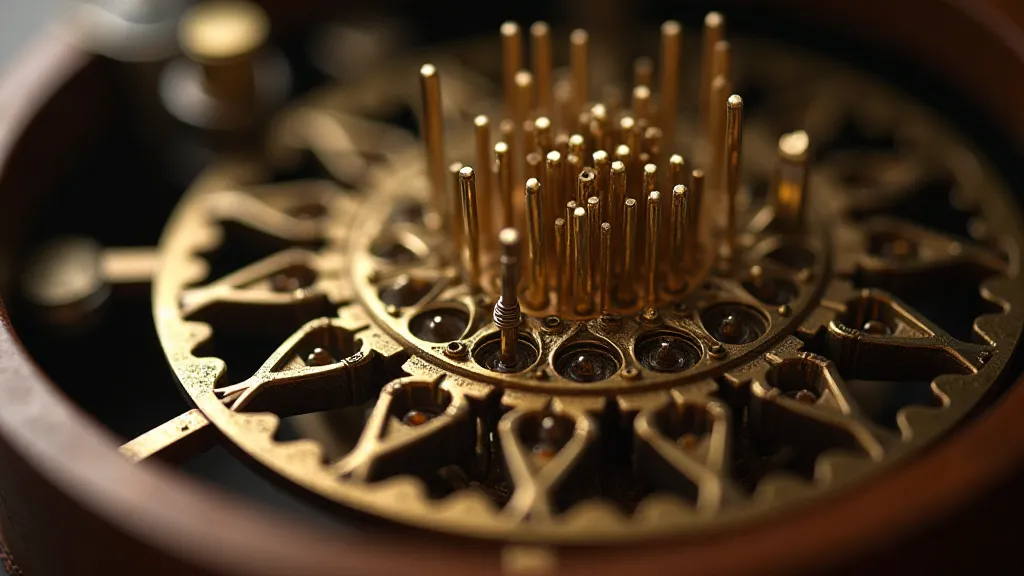
The Nigredo: Confronting Decay and Corrosion
The first stage in alchemy is nigredo, the blackening – a confrontation with decay. In the context of music box restoration, this means acknowledging and addressing the rust, corrosion, and damage that time has inflicted. This often involves painstaking disassembly, meticulous cleaning, and careful assessment of what can be salvaged and what needs to be replaced. Rust, being the most common foe, often clings stubbornly to gears and pins, seizing them and preventing movement. Citric acid solutions, carefully applied and monitored, are often a first line of defense. However, mechanical cleaning, using specialized tools like pin vices and dental picks, is frequently required for intricate areas.
Before even beginning the cleaning, careful documentation is crucial. Photographs and detailed notes chronicle each step of the disassembly process, acting as a roadmap for reassembly. It’s surprisingly easy to forget the order of seemingly minor components, and this documentation can be the difference between success and frustration. The sheer number of incredibly tiny components in a music box is astounding, a testament to the ingenuity of the original craftsmen.
The Albedo: Purification and Renewal
Following the arduous confrontation with decay comes albedo, the whitening – a stage of purification and renewal. This involves cleaning the metal components, not just to remove rust, but to reveal the underlying beauty of the materials. Many antique music boxes were finished with a thin layer of lacquer or varnish, which yellowed and cracked over time. Careful removal of this aged finish is essential, often employing gentle solvents and cotton swabs. The patina of age can be desirable in certain contexts, but it must be balanced with the need to restore the mechanical function of the instrument.
The comb, the heart of the music box's voice, often requires the most delicate treatment. The teeth are incredibly thin and prone to damage. Careful straightening and polishing may be necessary to restore their ability to vibrate freely. Sometimes, individual teeth are broken or missing and must be painstakingly recreated by skilled artisans using specialized tools and techniques.
The Citrinitas: Illumination and Harmony
The next stage, citrinitas, represents illumination and harmony. This is where the focus shifts from cleaning and repair to subtle adjustments and refinement. Gears may need to be lubricated with specialized oils to reduce friction and ensure smooth operation. The cylinder or disc needs to be inspected for wear and tear, and adjustments made to ensure accurate tracking. This phase demands a keen ear and a deep understanding of how the various components interact to produce the final melody.
It is here that the true artistry of restoration becomes apparent. It’s not enough to simply make the music box functional again; it must sing. A slight adjustment to the tension of the comb, a minor repositioning of a pin, can dramatically alter the character and quality of the music.
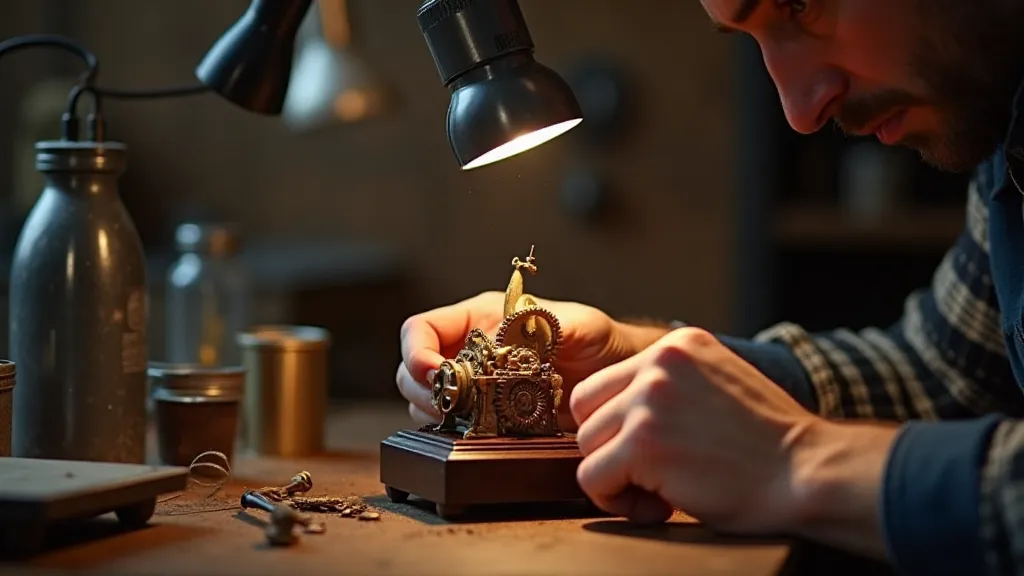
The Rubedo: Rebirth and Resonant Reverie
Finally, there's rubedo, the reddening – rebirth and resonant reverie. This is the culmination of the entire process, the moment when the silent, rusted instrument awakens with a renewed voice. The reassembly is performed with the same meticulous care as the disassembly, using the documentation as a guide. The first test play is always a moment of anticipation – a blend of hope and anxiety. When the melody finally emerges, clear and resonant, it's a deeply satisfying experience.
It's more than just a repair; it's a resurrection. The music box, once a symbol of decay and silence, now echoes with the beauty and craftsmanship of a bygone era. The alchemist, having transformed rust and decay into resonant reverie, understands that the true value of these instruments lies not just in their mechanical ingenuity, but in their ability to evoke memories, emotions, and a sense of connection to the past.
Collecting antique music boxes is a journey of discovery, a pursuit of sonic treasures. Each box tells a story, a testament to the skill and artistry of its maker. And for those who undertake the challenging but rewarding task of restoration, it's a chance to breathe new life into these exquisite objects and share their enchanting melodies with the world.
